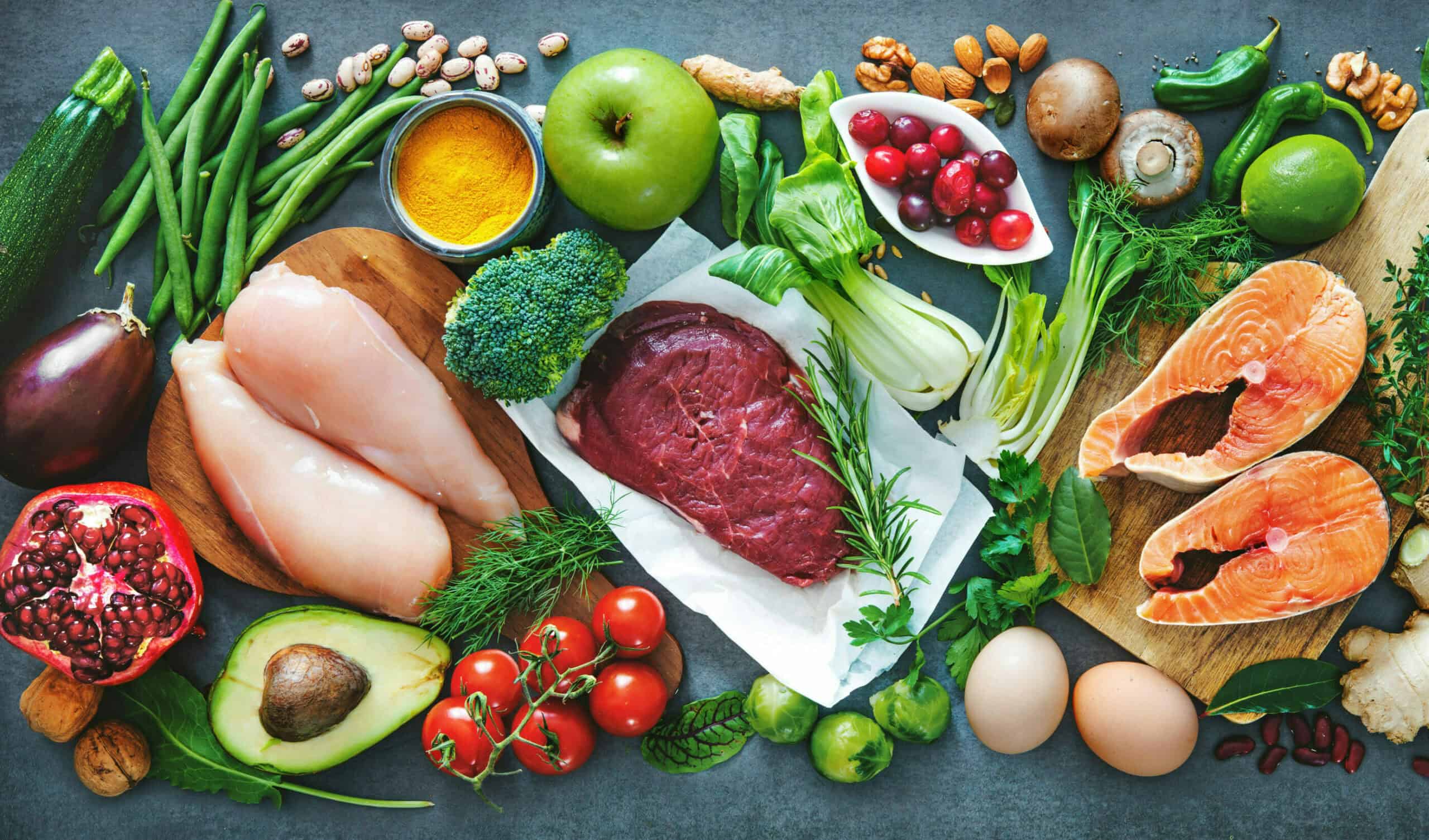We’ve all experienced it…
You’ve dropped some of the weight you wanted to lose and boom, all of the sudden it stops falling off.
You cut your macros and calories down, and still nothing on the scale changes.
Before you know it, you’re consuming 1,200 calories a day and you’re absolutely miserable trying to shed those few extra pounds and get to your goal weight. You’ve hit a weight loss plateau that you just can’t overcome.
Until now…
There’s a way to flip a weight loss plateau on its head—it’s called Reverse Dieting, and it’s good news all around.
This method helps you overcome weight loss plateaus, reach your goal weight, and dodge the deprivation diet. If you’re in the process of losing weight or maintaining your weight loss, reverse dieting is a must-have method to learn and keep in your health toolbelt.
Here’s how it works…
Reverse the curse of weight loss plateaus….
Reverse Dieting might sound like some strange reverse psychology for your body, but it’s actually quite straightforward.
During a weight loss journey, we limit the number of calories consumed based on our goals and established macro needs. Over time, our metabolism adapts to this practice and stops shedding the weight you saw in the beginning because your metabolism is optimized at this caloric intake number.
After 4 weeks of no weight loss, no inches lost, and no body composition change, you find yourself in a weight loss plateau. Luckily, reverse dieting can get you out of this slump!
What is Reverse Dieting?
Reverse Dieting is simply doing the opposite of what I just talked about!
Instead of cutting calories and adjusting macros, we’re increasing our calories and macros in order to re-optimize our metabolism. Just like your body adjusted to dropping your calories and macros, your body will adjust to adding calories. As a result, you will balance out at your optimal weight so that you can eventually dive back into cutting down the road, without damaging your metabolism.
For example, if your weight loss comes to a halt while you’re consuming 1700 daily calories, you could use reverse dieting to slowly add 100-150 calories of whole food nutrition back into your daily diet. Once your metabolism has adjusted, and your weight stays consistent, you can drop back down to 1700 daily calories or lower, and your body will be in a caloric deficit, thus spawning weight loss again.
NOTE: There are two critical factors that allow our bodies to consume more and not gain excess weight:
- The calorie increase must be slow and strategic.
- The calories we consume must be full of whole food nutrition.
In other words, reverse dieting doesn’t mean throwing a donut down your throat at the end of the day!
When should you try Reverse Dieting?
Reverse dieting isn’t a multi-use tool. Its purpose is specific and should be used strategically to solve one of these three problems:
- You’ve hit the macro/calorie minimum. 1200 calories is the lowest daily amount that anyone should hit. Eating under this amount will harm your health and is just plain foolish. As we’ve seen with reverse dieting, weight loss does not require starving yourself. There are much healthier and happier ways to reach your health goals!
- You’ve hit the weight loss plateau. If you’re no longer losing weight, need a break, and want to maintain your current status (plus or minus three pounds or so), reverse dieting will give you a breather and push you past a plateau.
- You haven’t reached your goal weight. Sometimes our bodies adapt to changing circumstances, including the diets and workout routines we’ve incorporated into our daily habits. When this happens, adjusting your macros and calories too quickly is certainly not the answer!
Instead, reverse dieting can help you kick start that metabolism and lose weight without punishing and depriving your body of essential calories and macros.
How to start Reverse Dieting
Here are the five steps of reverse dieting so that you can whip it out whenever your body needs a break:
- Write down your current weight and “red light” weight. Your “red light” is like a guard rail for your weight. It usually should be around 3 pounds heavier than your current weight (green light), and it gives you a marker to let you know when to drop your calories back down.
- Write down your current and increased calorie intake. To find your increased intake, add 100 calories to what you’re currently consuming on a daily basis. Make sure that the added calories you take in daily are from whole, nutritious foods that meet your macro needs. This is not an excuse to eat an extra handful of M&M’s a day.
- Press play. Run with your new macro and calorie intake for a few days until you hit your “red light” weight.
- Alternate between your “green light” and “red light” weight. Once you hit your red light weight, drop the 100 calories again. Continue this back and forth between your normal green light and red light weight. Over time (usually 3 to 4 weeks), your body will begin to adapt and manage this higher caloric and macro intake without gaining weight.
- Rinse and repeat. Make it your goal to increase your caloric intake by 250 to 500 calories without gaining weight. This will take about 3 months of consistent practice, but is massively helpful, especially when you’ve reached your weight loss goal but need to increase calories so that you can realistically maintain that weight for extended periods of time.
Skip the yo-yo dieting and reset with Reverse Dieting!
By slowly and strategically increasing your daily calorie intake, you can build your metabolism back up so when it’s time to cut, your body is ready. This also means you get to enjoy more delicious, healthy foods every day without worrying about weight gain, as it’s part of the process.
Reverse dieting is much more manageable and enjoyable than doubling down on the restrictive diet, so give it a try and watch what happens to your body!
If you want to learn more about whole food nutrition, intermittent fasting, reverse dieting, and more join a LEAN program where we cover all of that in 7 weeks! For more health and fitness info, strategies, and tricks on topics like this, hop on our weekly newsletter and receive our top health and wellness tips every week.





